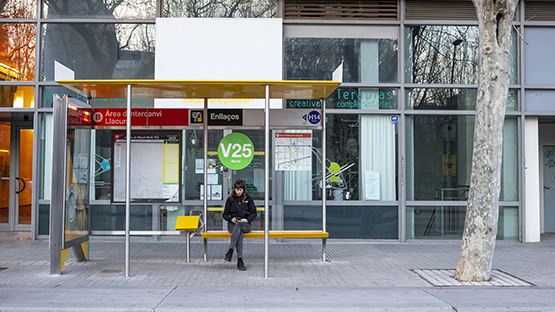Mobility
Mobility has been homogeneously planned for all citizens through the experiences and needs of men, hence the failure to take those of women into account. It has often only been connected to compulsory travel for work or study. But there are other daily activities that compel citizens to travel, such as going out to do the shopping, accompanying children to school or visiting a medical centre.
Gender perspective is a key, then, given distinct patterns of mobility between men and women, together with the traditional invisibility of women when mobility is analysed.
Men allocate most of their time to paid work, which means that the peak times of their travel corresponds to their clocking in or out of work. Women, by contrast, combine more work responsibilities with care and reproductive tasks, making them travel more at more varied times.
Women use public transport services more and are therefore more dependent its network. It is therefore very important, from the gender perspective, to incorporate the proximity aspect into public transport services.

